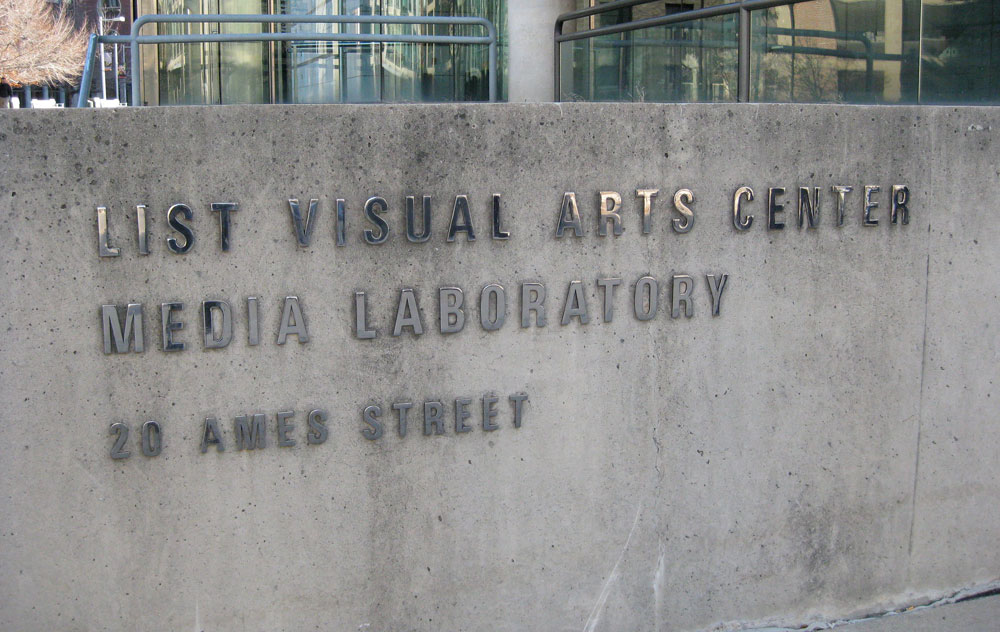
January 16, 2020; Wired
There is a lot of fiction in the stories many in this sector tell themselves about the struggle they have in giving up much-needed work by refusing to take money from tainted donors. What’s a sainted savior to do without patrons, after all? But Noam Cohen, writing for WIRED, does a good job of challenging this narrative, suggesting that seeking and accepting money from donors who do damage to society in the rest of their lives carries both organizational karma and a shaping of identity.
Cohen is writing about the relationship between Jeffrey Epstein and the MIT Media Lab. Working from the results of recent investigations, he describes the aggressive and secretive campaign to attract Epstein, up to and including a bizarre incident where Epstein was hidden away in an office during Marvin Minsky’s memorial. What’s that old adage—you’re only as sick as your secrets?
Meanwhile, the relationship with Epstein was not the only ethical lapse occurring, as one of the laboratories at the school was falsifying its results in a way that was about as low-tech as you can get:
At the same time that [MIT Media Lab director Joichi Ito]’s resignation was making headlines, serious questions emerged concerning the research at a prominent project within the lab, the Open Agriculture Initiative, OpenAg for short. A number of news articles (including one I wrote for The New York Times) reported that OpenAg’s pivotal research tool—a “food computer” used for growing plants under precise conditions—never really worked. Members of the team said they were told to put store-bought plants inside the boxes before demonstrations or photo shoots, to cover up failures.
Sign up for our free newsletters
Subscribe to NPQ's newsletters to have our top stories delivered directly to your inbox.
By signing up, you agree to our privacy policy and terms of use, and to receive messages from NPQ and our partners.
Epstein was solicited for support of this project but never made the donation, dying by suicide in his jail cell while awaiting his trial on sex trafficking.
By the time Ito was making the pitch for OpenAg, he had heard complaints from members of the lab about the deficiencies in the research there. Why did he make this a priority in wooing Epstein? The report doesn’t provide an answer, but I think it is fair to say that it wasn’t based on what research was most likely to benefit science or society.
Cohen’s article on this particular situation gets even uglier as he describes the rest of the interactions between Ito and Epstein.
This wasn’t only about science. In another footnote, the report says that Ito had convinced Epstein to put $1 million into a private investment fund he manages, and $250,000 into a company that “was formed to commercialize technology developed at MIT.”
In general, Cohen makes an excellent case for understanding such relationships as something less than a valiant struggle to do good in bad circumstances. “So, yes,” he concludes, “let’s study the lessons from the Epstein-Media Lab story. But they are not about extracting good from bad. The lessons are raw ones about power and who gets to wield it.” And, we’d say, at what costs.—Ruth McCambridge












